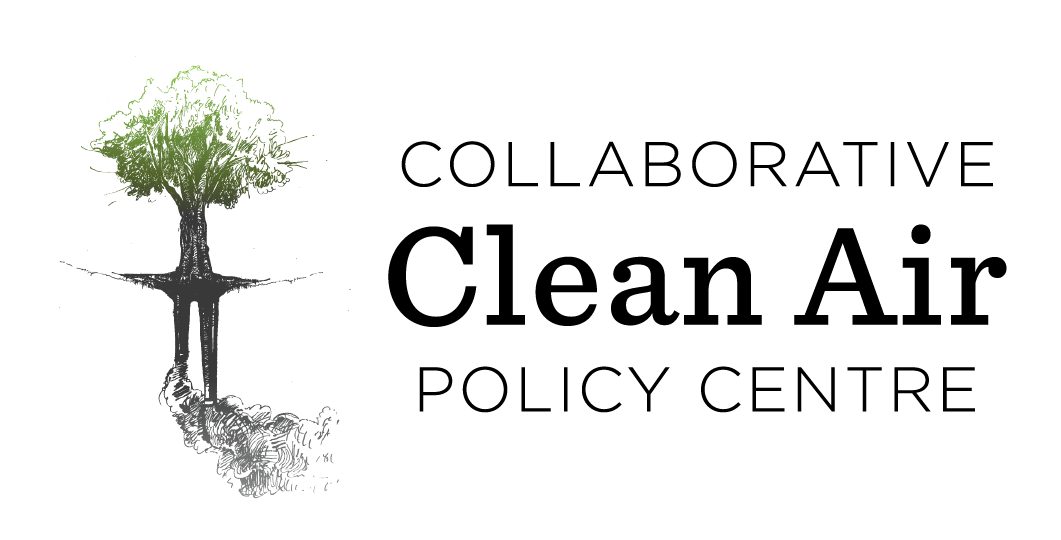(Ujjwala 2.0 series) Health Benefits of PMUY: Challenges in Effective Implementation and Possible Solutions
By Sudipto Roy, Rutuja Patil, Ajay Pillarisetti, Stephen Harrell, David Levine, and Sanjay Juvekar
This article is part of a series of commentaries submitted by prominent Indian researchers on how the next phase of the Pradhan Mantri Ujjwala Yojana could better sustain LPG usage among the poor. Click here to access a summary of the major recommendations, along with links to the rest of the series.
Smoke from cooking with biomass fuels kills approximately four lakh people each year in India. PMUY took the first step towards universal clean cooking by enabling LPG connections. But avoiding these deaths also requires that these households stop using indoor chulhas. Thus, the next phase of the program should now focus on ending chulha use and transitioning to near-exclusive LPG use.
In our research, people generally like LPG stoves. They appreciate it as a modern appliance that cooks more quickly. However, most poor households with a new LPG stove continue to use chulhas. Most people are unaware of the serious health effects of chulhas and habits are difficult to change. Importantly, people have no choice but to use chulha when they run out of LPG. Many rural households typically require a day or more to book new cylinder and up to a week for the distributor to deliver it.
We recently conducted a few small studies of different strategies for encouraging clean fuel use. All of the studies were in a remote, tribal region of Pune district. One strategy we employed to shift households away from indoor chulha use worked surprisingly well. We selected 60 households who already had a single cylinder LPG connection and provided them with health messages on the health effects of chulha use. We offered these households a four-month free trial of a second cylinder. To participate, the household had to disable the chulha – that is, fill it in, destroy it, or move it outdoors. After the trial period, 84% purchased a second cylinder in order to keep using it. None rebuilt their indoor chulha.
This success follows a prior study that provided a more generous LPG package (including a free stove and a second cylinder on loan) targeted to pregnant women. We targeted pregnant women because they are a particularly vulnerable group, because they benefit the most from clean indoor air, and because they already receive government benefits if they attend antenatal care checkups and deliver in a facility. In one arm of this study, we provided an additional benefit during pregnancy – one cylinder per month of free fuel until delivery. Women in this arm switched almost exclusively to LPG use, with chulha use on only 10% of measured days.
That study included several other arms that received health messages, a free stove, a free cylinder, and a loan of second cylinder. We also advised (but did not require) disabling the indoor chulha. Nevertheless, the majority of households did so. Finally, we also offered to sell participants the second cylinder we loaned them; the majority choose to purchase it.
These findings lead us to recommend for future efforts:
• Offer health messages and a loan of a second cylinder to households that currently own one cylinder. To ensure large reductions in household air pollution, this free trial should be contingent on disabling any indoor chulha.
• Provide an LPG connection and free fuel to any pregnant woman in India who still cooks on an indoor chulha. This combination protects a vulnerable group and provides substantial health benefits at a relatively low cost. It also builds upon pregnancy-related benefits provided by Janani Suraksha Yojana.
• Publicize the health risks of a smoky indoor fire. These messages should go both to those using biomass and to others who have already transitioned to clean fuels. These messages should stress that the health benefits of LPG require that households disable any indoor chulha.
• Increase logistical and financial support to rural distributors in order to offset the increased costs of providing remote, rural homes with LPG refills.
• Enable paying the distributor the LPG subsidy directly, so households pay only the subsidized cylinder price. LPG has a subsidy, but it arrives after the fuel purchase. Many households find the unsubsidized lump sum cost of refills challenging.
• Build in mechanisms to enable rapid evaluations to assess the program’s impact. Potential data sources include distributor sales records and rapid assessments of chulha use (by visual inspection when cylinders are delivered, for example). Building in continuous learning will permit India to move more quickly to safer cooking.
PMUY has provided LPG connections to millions of households. Now, the task is to transition all households (PMUY or otherwise) to near-exclusive LPG use and end chulha use. Our recommendations will create benefits beyond direct beneficiaries. Smoke from chulhas causes a large share of ambient air pollution. Thus, interventions that move households to near-exclusive LPG use may be among the most cost-effective means to improve the health of all Indians.
(Roy, Patil and Juvekar are with Vadu Rural Health Program, KEM Hospital Research Centre, Pune, India. Pillarisetti is affiliated with Division of Environmental Health Sciences, School of Public Health, University of California, Berkeley, California, United States. Harrel and Levine are with the Haas School of Business, University of California, Berkeley. Pillarisetti, as corresponding author, can be emailed at ajaypillarisetti@gmail.com)
